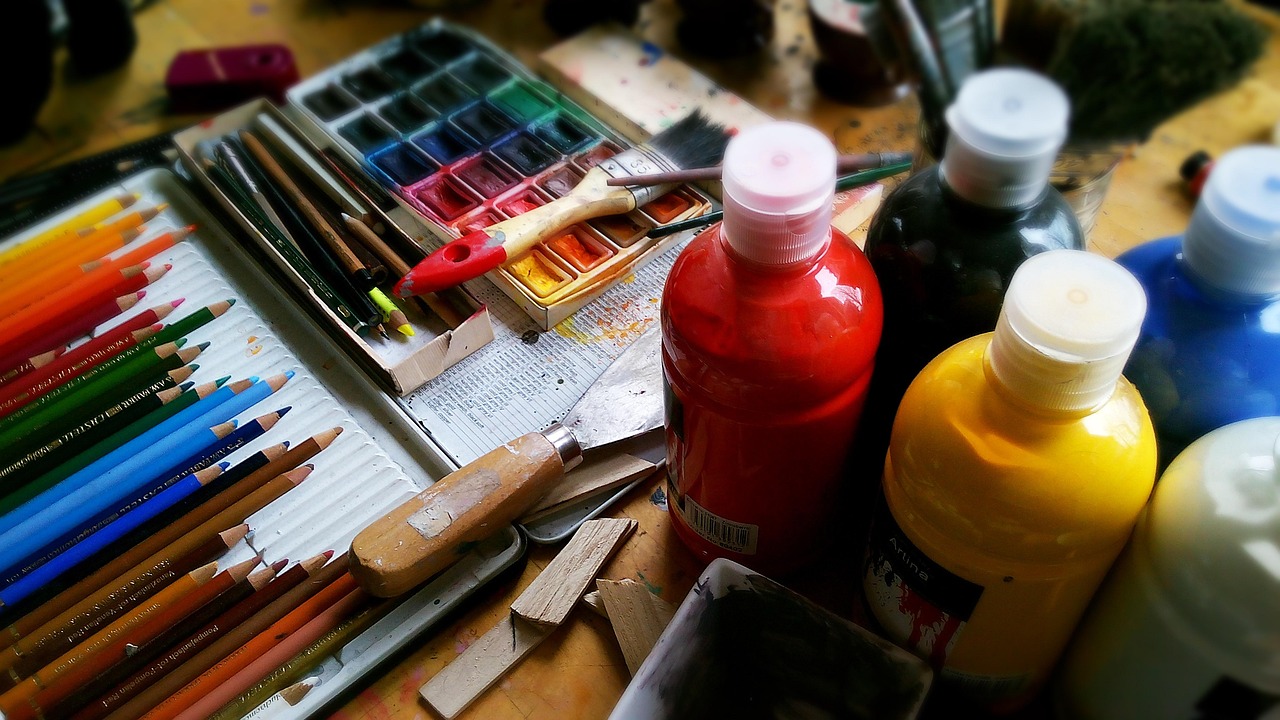Introduction to the World of Video Editing
As we delve into the realm of visual storytelling, it becomes increasingly clear that video editing plays a pivotal role in shaping the narrative and captivating the audience. The art of video editing is a multifaceted discipline that requires a deep understanding of pacing, tone, and emotional resonance. In this article, we will explore the intricacies of video editing and provide insights on how to enhance your visual storytelling skills.
Understanding the Basics of Video Editing
To begin with, it’s essential to grasp the fundamental principles of video editing. This includes understanding the different types of edits, such as cuts, transitions, and fades, as well as the role of music and sound effects in enhancing the visual narrative. As noted in some of the most renowned publications, a well-crafted edit can elevate a mediocre video into a masterpiece, while a poorly executed edit can detract from even the most compelling story.
The Importance of Pacing in Video Editing
Pacing is a critical aspect of video editing, as it determines the rhythm and flow of the narrative. A well-balanced pace can keep the audience engaged, while a poorly paced edit can lead to viewer fatigue. To achieve optimal pacing, editors must carefully consider the length and timing of each shot, as well as the overall structure of the video. As a seasoned journalist, I can attest that pacing is an art that requires a deep understanding of the subject matter and the audience.
Advanced Video Editing Techniques
Once you have mastered the basics, it’s time to explore more advanced video editing techniques. These include:
- Color grading and correction, which can dramatically enhance the visual aesthetic of your video
- Sound design, which involves creating and editing sound effects to complement the visual narrative
- Visual effects, such as CGI and motion graphics, which can add an extra layer of depth and complexity to your story
Color Grading and Correction
Color grading and correction are essential aspects of video editing, as they can significantly impact the mood and atmosphere of your video. By adjusting the color palette and contrast, you can create a unique visual identity for your story and draw the audience into your world.
Sound Design and Visual Effects
Sound design and visual effects can add an extra layer of depth and complexity to your narrative. By carefully selecting and editing sound effects, you can create a rich sonic landscape that immerses the viewer in your story. Similarly, visual effects can be used to enhance the visual narrative, whether it’s through subtle CGI enhancements or elaborate motion graphics sequences.
Case Studies and Examples
To illustrate the importance of video editing in visual storytelling, let’s consider a few case studies. The following table highlights some notable examples of effective video editing in various contexts:
| Video Type | Description | Editing Technique |
| Documentary | A documentary about a social issue | chặt editing to create a sense of urgency |
| Film | A romantic comedy | Quick cuts and upbeat music to create a lighthearted tone |
| Commercial | An advertisement for a new product | Fast-paced cuts and colorful visuals to grab the viewer’s attention |
Conclusion and Final Thoughts
As we conclude our exploration of the art of video editing, it’s clear that this discipline requires a unique blend of technical skill, creative vision, and attention to detail. By mastering the principles of video editing, you can elevate your visual storytelling and engage your audience like never before. Remember to experiment with different techniques, stay up-to-date with industry trends, and always keep your audience in mind.
Frequently Asked Questions
Q: What is the most important aspect of video editing?
A: The most important aspect of video editing is pacing, as it determines the rhythm and flow of the narrative.
Q: How can I improve my video editing skills?
A: To improve your video editing skills, practice regularly, experiment with different techniques, and stay up-to-date with industry trends.
Q: What is the role of music in video editing?
A: Music plays a crucial role in video editing, as it can enhance the emotional resonance and atmosphere of the narrative.
In the words of seasoned journalists, “The art of video editing is a journey, not a destination. By continually honing your skills and pushing the boundaries of what’s possible, you can create truly unforgettable visual stories that captivate and inspire your audience.” As you embark on your own video editing journey, remember to stay curious, keep learning, and always strive for excellence.

